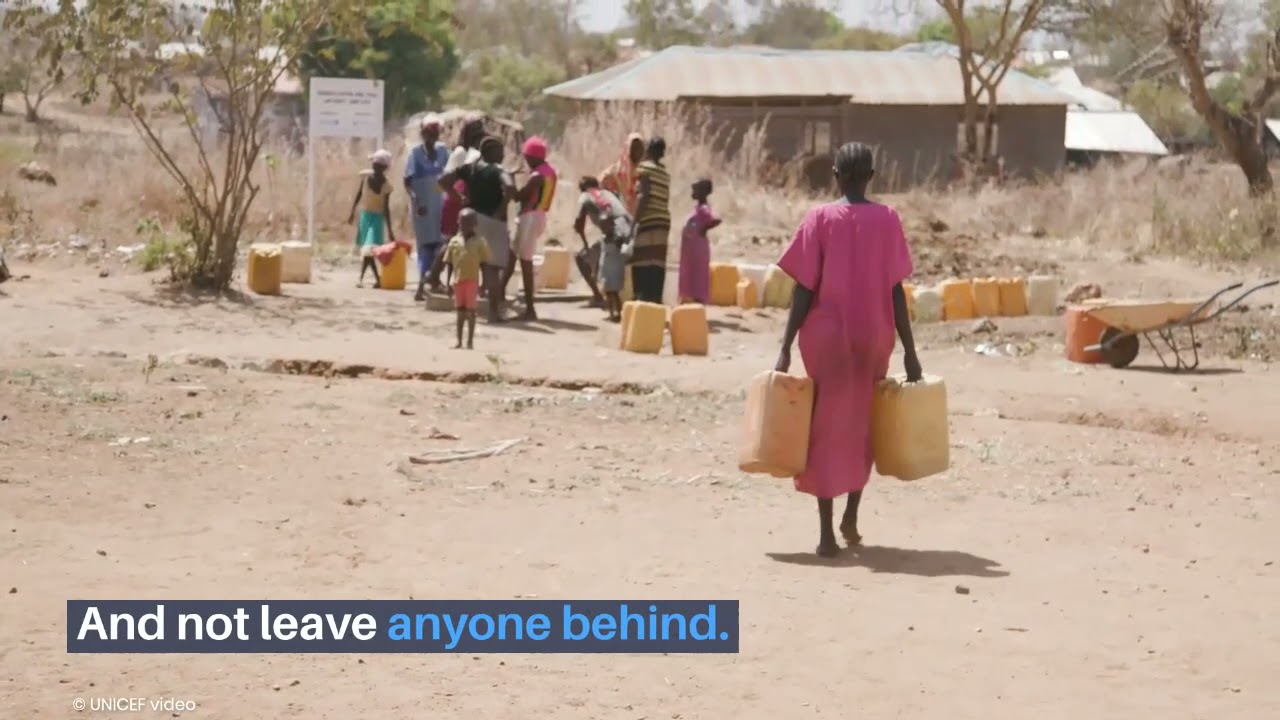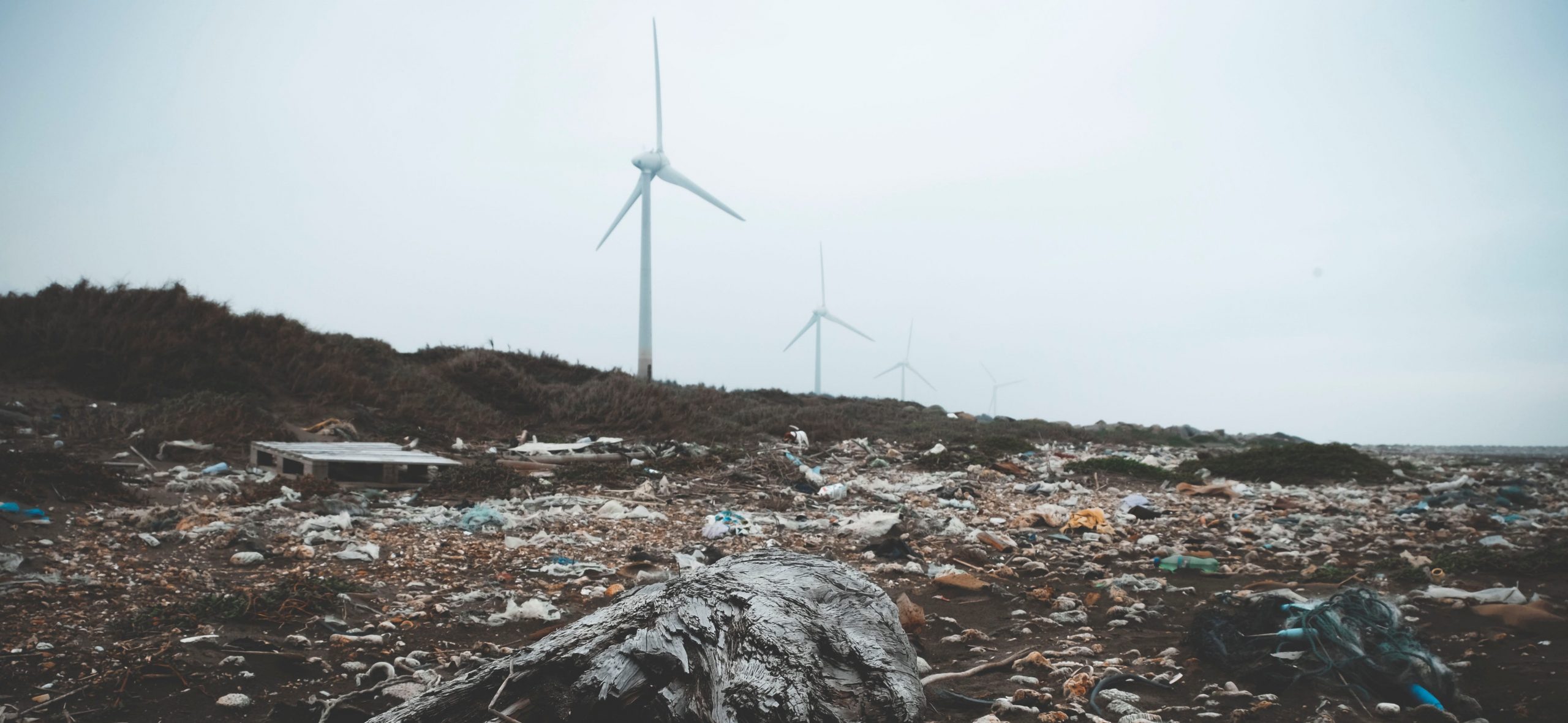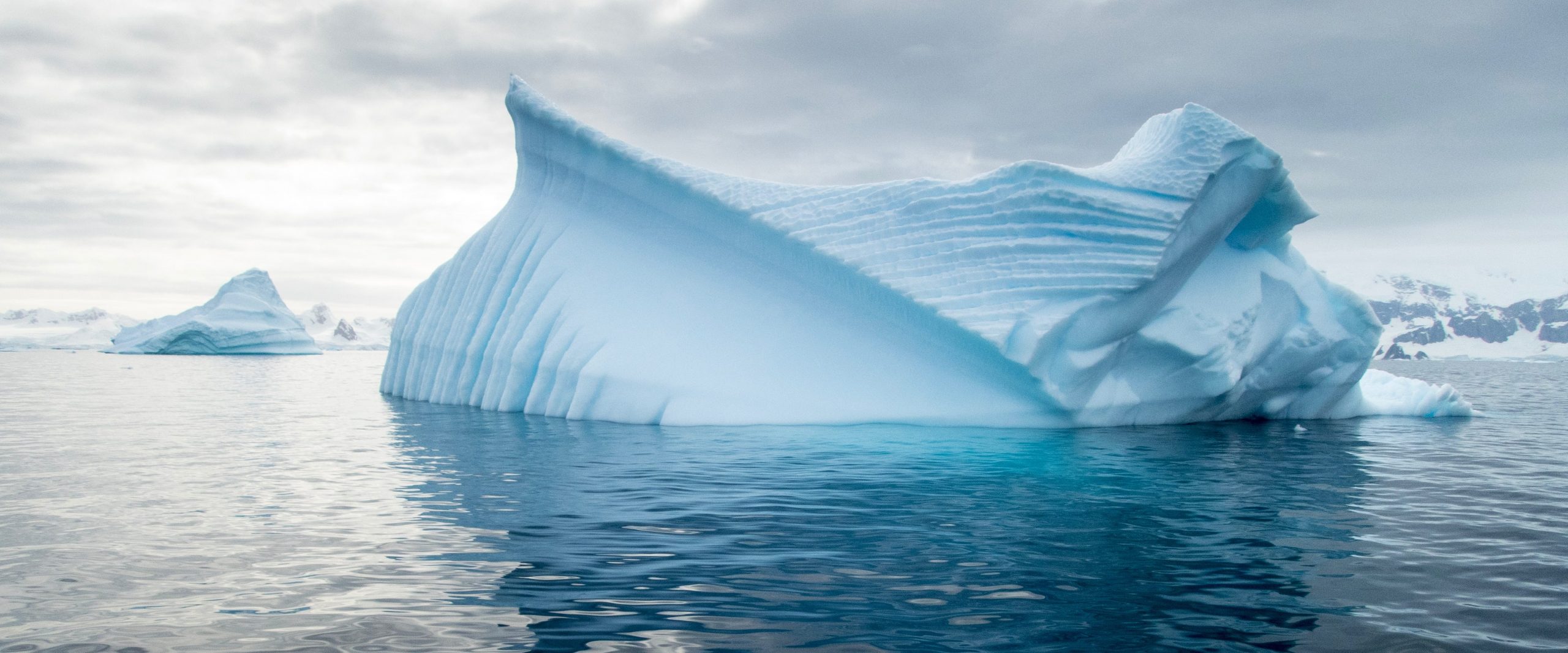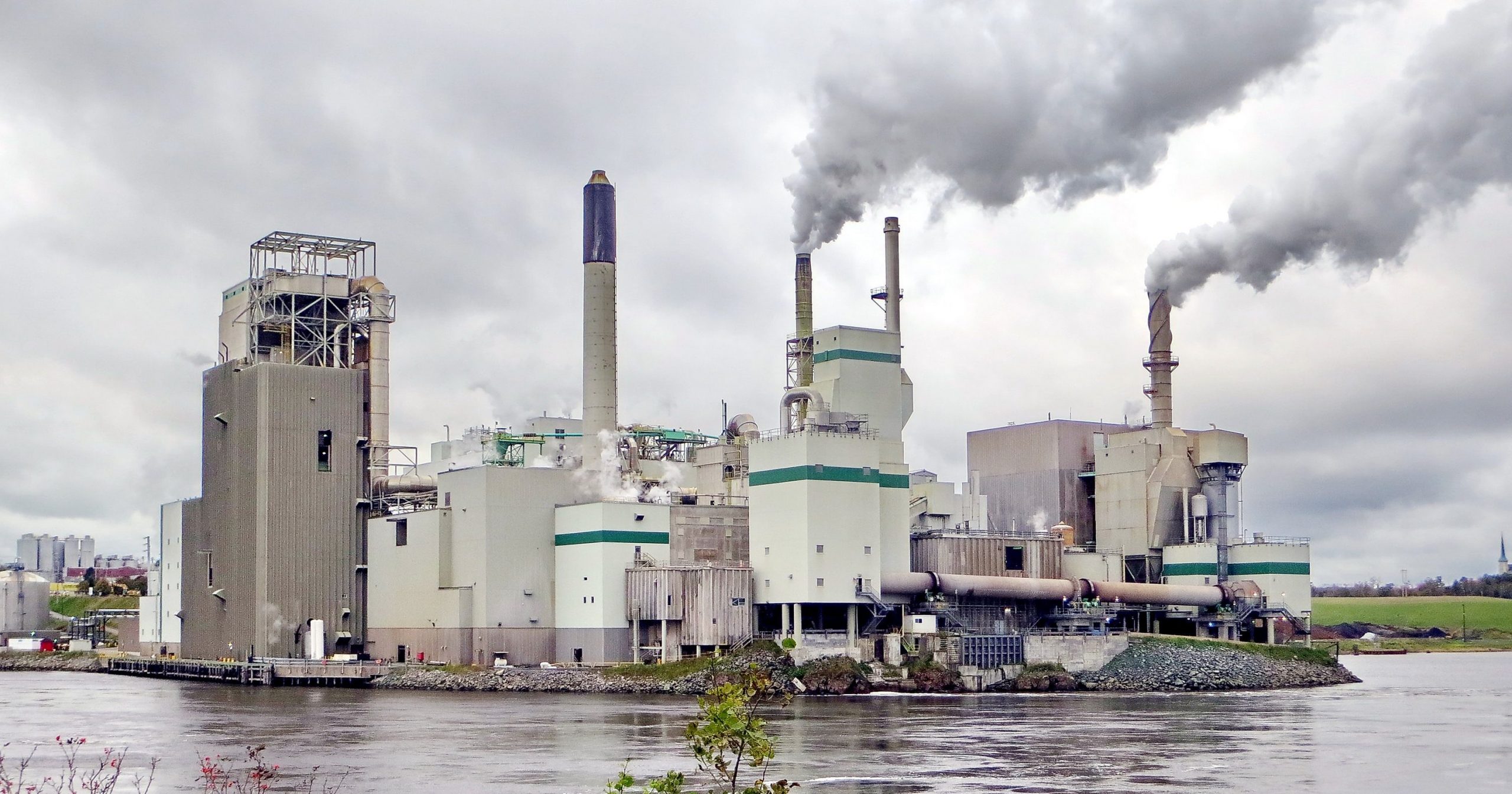
Since the signing of the Kyoto Protocol in 1997, the containment of emissions of greenhouses gases (GHG) has been the main environmental concern permeating public opinion in the industrialized world. The alarm caused by global warming has increased over the following two decades, while the sustainability concept has proven to be increasingly complex. Successive Conferences of the Parties (COP), heirs to the Kyoto Protocol, have shown the world the limits of mitigation and the need to develop adaptation solutions to the evidence of climate change and environmental degradation.

The more we know about environmental problems, the more global solutions become. © Henry-co-unsplash
How and who?
From Kyoto to the present day, science has introduced new variables in the increasingly complicated sustainability equation. Ocean acidification and forest decline, accelerated melting of polar caps and permafrost, and increased freshwater pollution are emerging issues that, together with gas emissions, create a rather worrisome scenario.

Accelerated melting of polar caps and permafrost, and increased freshwater pollution are emerging issues that, together with gas emissions, create a rather worrisome scenario. © Derek Oyen-unsplash
Mankind, which continues to grow with deep socio-economic unbalances, is experiencing a paradigm change: “mitigation” has ended up having the same prominence as “adaptation” in the scientific diagnosis of the crisis, while the same has happened with “environment” and “climate.” The new situation does present a hopeful advantage: solutions must come from a global approach and have to be taken on board by all.
And therein lies the difficulty. While we are clear about the “what”, the controversy is about the “how” and, above all, about “who” should take responsibility for the necessary actions. An example of this problem can be found in the inconsistency of the “polluter pays” principle, highlighted by the incapacity of the carbon credit market which, in the absence of adequate regulation, relies on taxes to fight for the decarbonization of the economy. It is a model that is proving to be ineffective, as it is based on speculation and is unfair to the weakest economies, which are the ones to emit less GHG. The last COP 25 in Madrid ended with a political failure to reach an agreement, and the mandate to “ensure the greatest efforts” to achieve it.
Three footprints, one strategy

The “water footprint” was created to calculate the volume of water consumed in the production of goods and services. © Ja-ma-unsplash
Moreover, in this last decade, economic science has made significant progress in developing, along with ecological and geographical sciences, new tools to detect and analyze environmental problems. The “ecological footprint” concept, an indicator to measure the impact of human activities on nature, was defined at the same time as the “carbon footprint”, born to measure the production of greenhouse gases. A few years later, the “water footprint” was created to calculate the volume of water consumed in the production of goods and services.
The detailed study of the water footprint provided a new perspective to sustainability economy by quantifying the volume of water involved in international trade. This has allowed the identification of water “export” and “import” countries, which is key for advancing our understanding of hydric stress and forecasting its evolution and economic impact. It is also useful to raise our awareness of the fact that most of the water we use is not included in our water bill, but hidden in each object and in food, in our trips and in our work; it is the water used in the supply chain of goods and services.
Thus, the water footprint shows its close link to the ecological and carbon footprints. The excessive consumption and pollution of water implies gas emissions and the deterioration of the natural capital. The more water is imported, the more carbon footprint is generated by transport. Water pollution, also accounted for in the water footprint, is one of the main factors that increases the ecological footprint.
These indicators are the three main tools to assess the natural capital. High values of these three rates often indicate environmental damage with a high degree of irreversibility. Their simultaneous use is effective at country, city, company and project level, both collectively and individually. They are also a good awareness-raising tool of the amount of natural resources we use and the amount that is available in nature and lead to a holistic approach in which nothing can be considered in isolation. They also allow us to clarify the importance of the pairing water-energy, which is the key to the planet’s sustainability and the core around which all solutions that lead to a fair world must be articulated.
While industrialized powers take up the fight against climate change as a battle to attain world’s economy leadership, nature continues to deteriorate and threatens to drag down those who struggle for the access to water and sanitation to survive. The much-vaunted energy transition must be carried out from a global perspective beyond reducing greenhouse gas emissions and must incorporate water, the environment and the economy of the poorest to attain the SDGs by 2030.

The energy transition must be carried out from a global perspective beyond reducing greenhouse gas emissions and must incorporate water, the environment and the economy of the poorest. © Eta-unsplash





